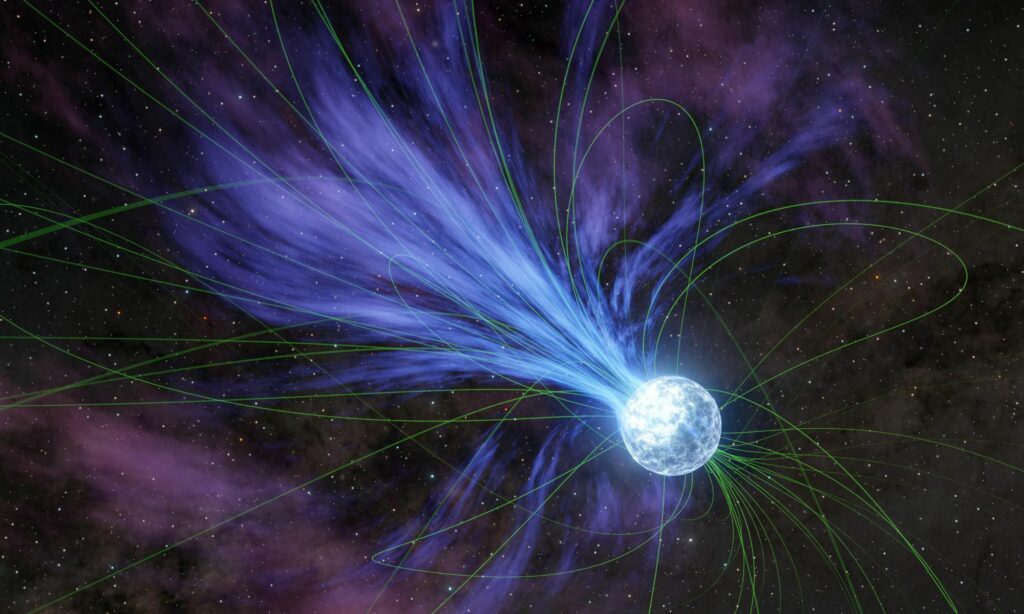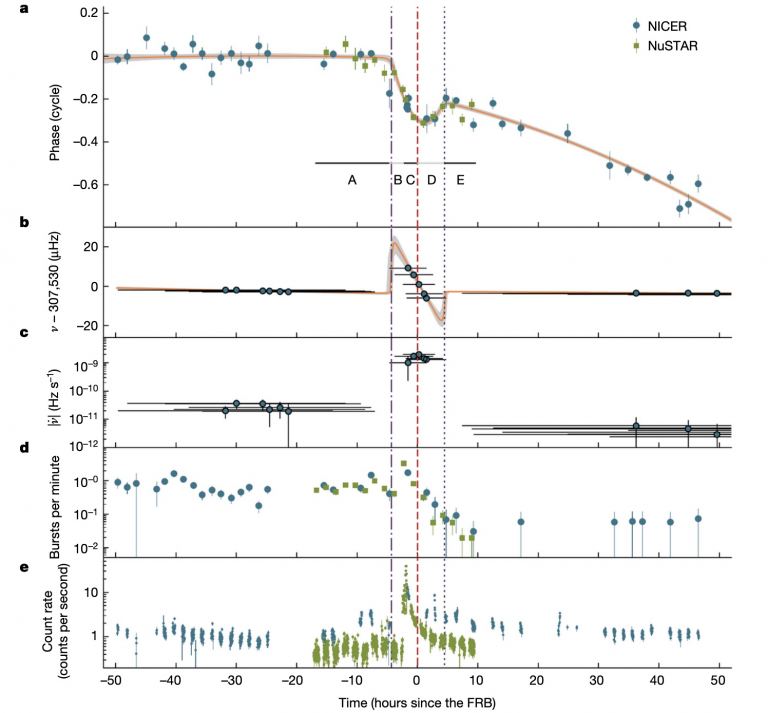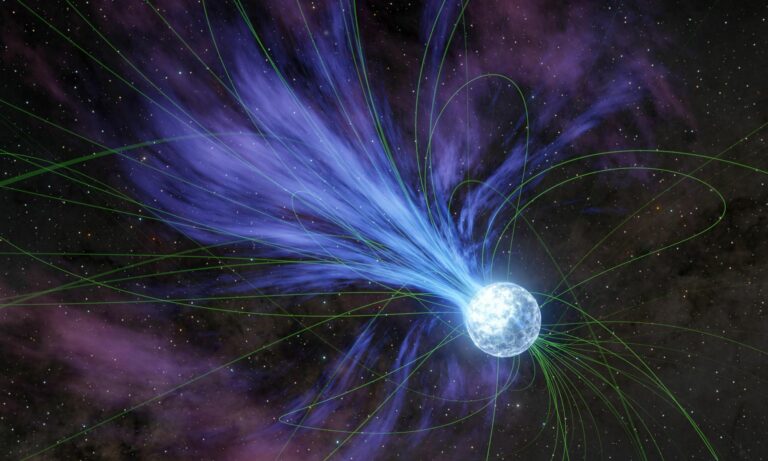Another Insight Into the Genuine Essence of Fast Radio Bursts.
Fast radio bursts (FRBs) are peculiar occurrences. They have an incredibly short duration of only milliseconds, yet they can outshine an entire galaxy during that brief period. Some FRBs exhibit a repeating pattern, originating from the same location multiple times, while others seem to happen only once. The cause of these phenomena remains uncertain, and it is unclear whether the two types share the same underlying cause. However, through a collaborative effort involving ground-based radio telescopes and space-based X-ray observatories, we are gradually unraveling the mysteries surrounding FRBs.

The majority of FRBs occur far beyond our own galaxy, making it challenging to gather detailed information about their origins. However, in 2020, we made a significant breakthrough when we detected a fast radio burst within our galaxy. Subsequent observations revealed that it originated from the vicinity of a highly magnetized neutron star called a magnetar. This discovery led to the hypothesis that magnetars could be the source of FRBs, possibly through magnetic flares akin to solar flares. Nonetheless, magnetars and stars similar to our Sun possess distinct characteristics. The question of how a magnetar can release such an immense amount of energy rapidly, even with its intense magnetic fields, remained unanswered. Now, a recent study proposes that the rotation of the magnetar plays a crucial role in this process.
The study centers around the 2020 FRB magnetar, known as SGR 1935+2154, which exhibits properties of both a magnetar and a pulsar. As it rotates, this celestial object emits regular radio signals, known as radio pops. Pulsars are incredibly consistent in their emissions and serve as cosmic clocks for various scientific endeavors, including the study of gravitational waves and hypothetical navigation across the galaxy. However, over time, a pulsar’s rotation slows down as its rotational energy dissipates due to its magnetic field. By observing this decay rate, astronomers can gain a deeper understanding of the structure of neutron stars and magnetars.

Sometimes, the speed of rotation can suddenly change, resulting in what is known as a glitch. A glitch occurs when the rotation speeds up abruptly, while an anti-glitch happens when it slows down suddenly. These glitches are believed to happen when there is a sudden structural change in the neutron star, such as a starquake.
In 2022, both NASA’s Nuclear Spectroscopic Telescope Array (NUSTAR) spacecraft and the Neutron Star Interior Composition Explorer (NICER) on the international space station observed a fast radio burst from SGR 1935+2154. They collected X-ray data on the magnetar before, during, and after the burst. The team also analyzed radio observations during the same period and discovered a decrease in the pulsar’s rotation rate during the burst. This suggests a connection between the rotation and the burst.
Overall, the team observed a fluttering of X-ray emissions from SGR 1935+2154 just before the burst, followed by a glitch in the rotation, the burst itself, and a return to the regular rotation rate. Although this is only one observation, it appears that the magnetar had accumulated magnetic energy prior to the burst, and the shift in rotation created the necessary conditions for the generation of the fast radio burst.
Reference: Hu, Chin-Ping, et al. “Rapid spin changes around a magnetar fast radio burst.” Nature 626 (2024): 500-504.
Do not forget to share your opinion with us to provide you with the best posts !





0 Comments